Exposure is something graduate students seek and pursue after fully dedicating themselves to their M.Arch thesis. We covet the opportunity to share our exhaustive research and design speculations with a wider audience. SUPER//ARCHITECTS is one of many platforms where thesis explorations can join an international dialogue between students, faculty and critical thinkers of spatial design. Their mission statement is: challenge what’s now and embrace the unrealized by “critically challenging what architecture is, what it can be, and how it may be represented, furthermore realized…” Chanel Dehond submitted her thesis entitled A series and was chosen to be featured on SUPER//ARCHITECTS. Below is an excerpt, the full article can be read here.
We encourage all of you to seek exposure and engage in the global conversation of architecture and design. Send your studio projects or thesis work to BRIDGE at submit@waterlooarchitecture and to SUPER//ARCHITECTS.
A series is comprised of five illustrated short fictions that construct metaphysical space – the way an author might construct a single room or entire world in your mind.
ABSTRACT
I have written a series of abstracts
— an infinite string of summaries with formal and functional resemblances —
none of which ended up in my thesis.
The complication was that of practicality,
none of the abstracts could concisely contain
the space of my content (concisely being of 150 to 350 words).
Space
— a fairly familiar concept within architecture —
is defined by the dimensionality within which all things exist
(length, width, height, depth, etc.)
– this includes, but is not limited to, outer space.
However, our capacity to interpret space, is restricted by our ability to measure it.
The following series of illustrated short fictions that envision sites
in which my philosophical theories are spatialized,
do not fit into these measurable spatial limits.
As such, there is an absence of an abstract.
Yet, the absence of the abstract
is not an absence at all.
It is a v o i d
that I have constructed for you, the reader.
A v o i d
that did not exist before this moment,
but now exists as a potential for knowledge,
a space that you can choose to
inhabit
by
reading
on.
(181)
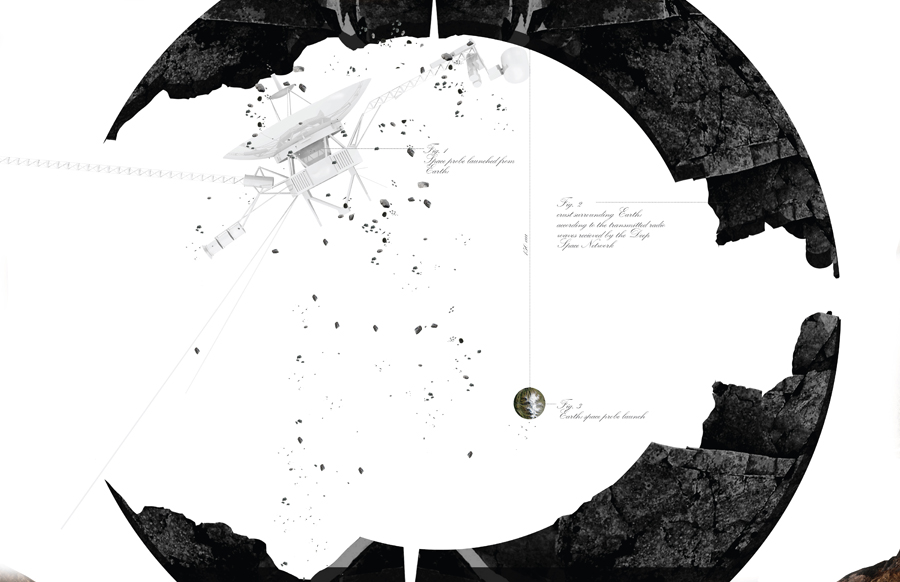
Figure i. CRUST//
At precisely 150 astronomical units from the earth, humankind’s farthest space probe was halted. The Deep space network received radio waves transmitting the space probe’s collision with an unforeseen mass.
On this interstellar mission, for the advancement of human knowledge, the space probe was programmed to continuously
d i s t a n c e itself from the Earth’s surface. In the case of confrontation, this 1.5 tonne apparatus would recalibrate its trajectory to complete its expedition.
The boundary persisted infinitely, at the given radius (precisely 150 astronomical units) from the earth, and thus was made the greatest human discovery to date
– the discovery that changed the perception of the entire race –
the discovery of
a crust
surrounding
the universe.
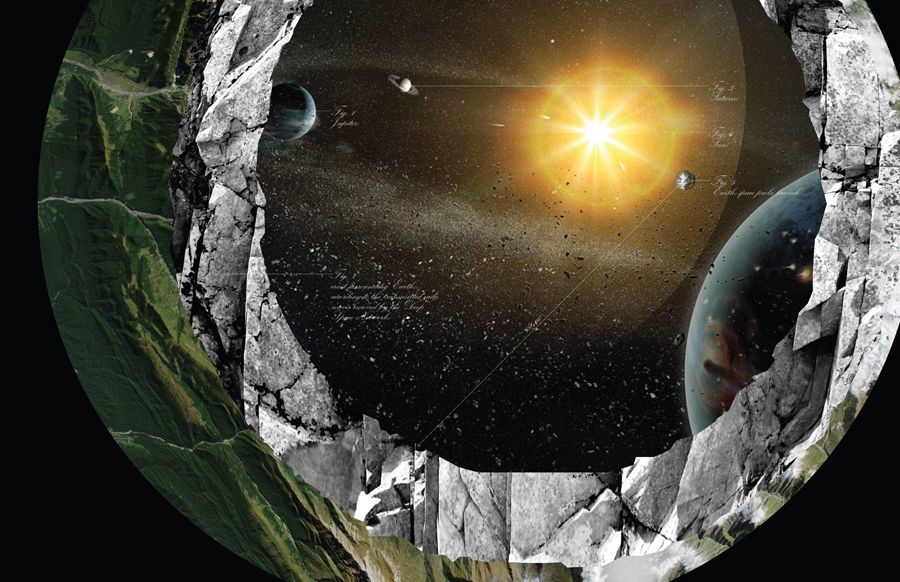
Figure ii. CRUST//
The
reverberant
sound
of the
collision
was
unbearably great,
though
– in the vacuum of the universe –
unheard.
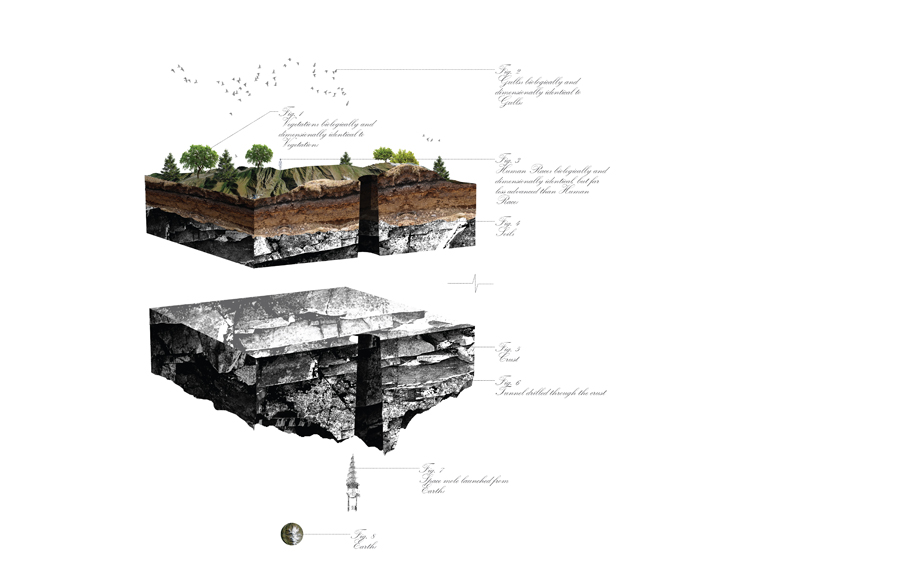
Figure iii. CRUST//
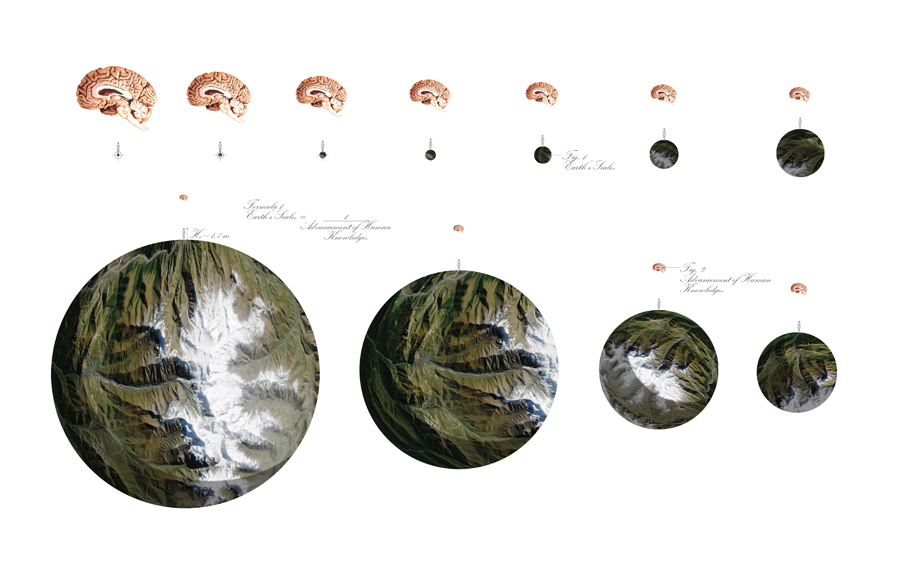
Figure iv. CRUST//
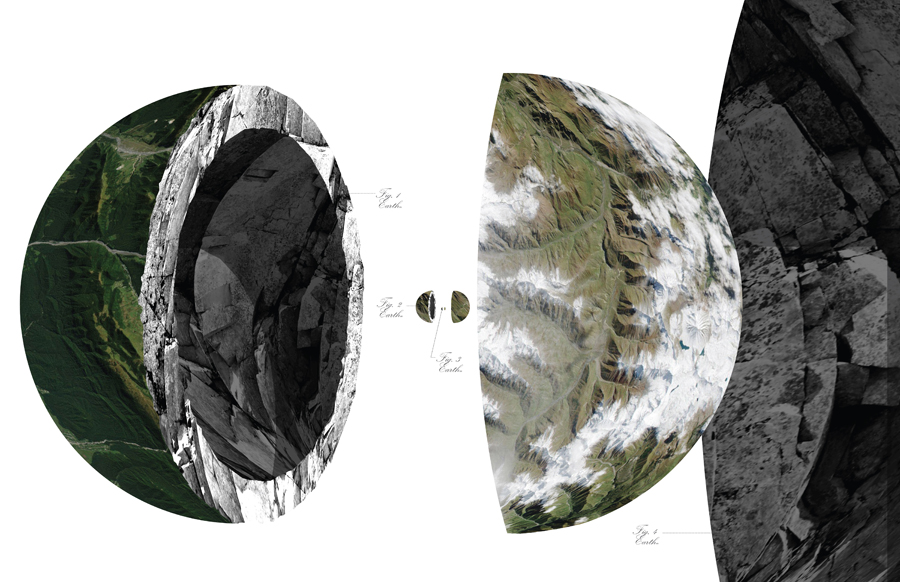
Figure v. CRUST//
The complexity of this circumstance
b r o a d e n e d
exponentially, as the truth revealed itself.
The answer to
the ultimate question of life,
the universe,
and everything
was indeed beyond the crust
– beyond innumerable crusts.
Yet, just beyond the “Outer” Earth
– beyond both Earths –
were innumerable Earths.
Innumerable Earths with men still unknowing,
existing as Russian nesting dolls in a limitless set.
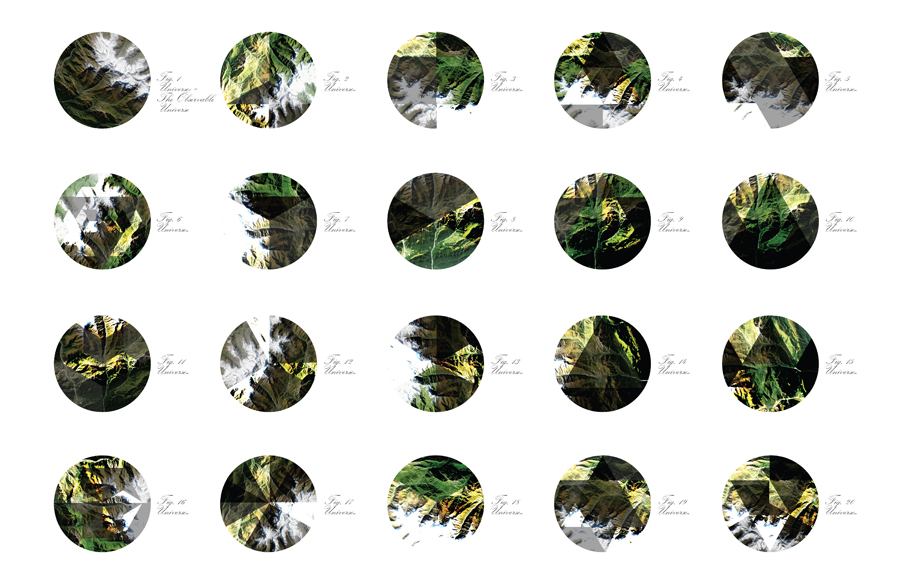
Figure vi. VERSE//
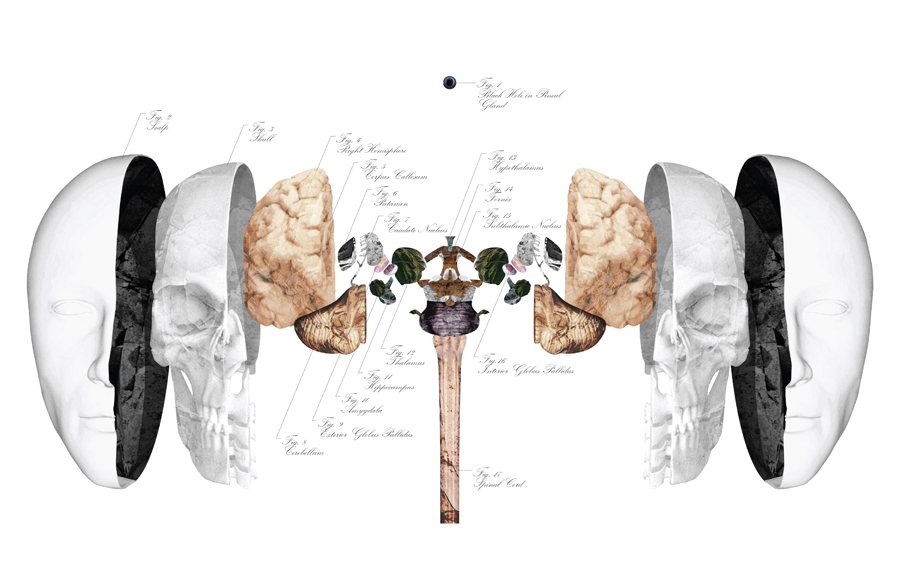
Figure vii. VERSE//
The complexity of this circumstance
e x p a n d e d.
There existed a black hole in the mammalian brain, and the black hole was the method of traversing the multiverse,
thus,
the discovery of the black hole in the mammalian brain indoctrinated dreaming as a voyage into the multiverse.
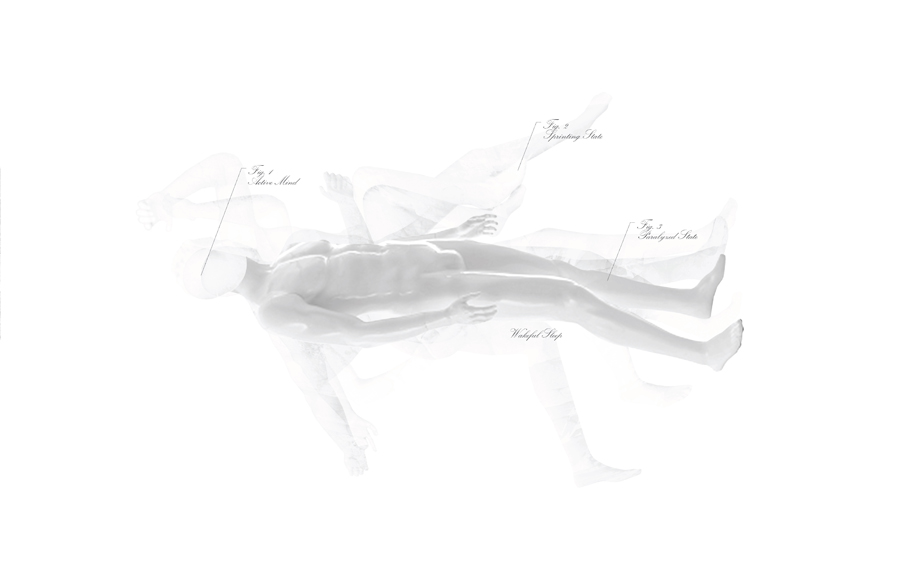
Figure viii. VERSE//
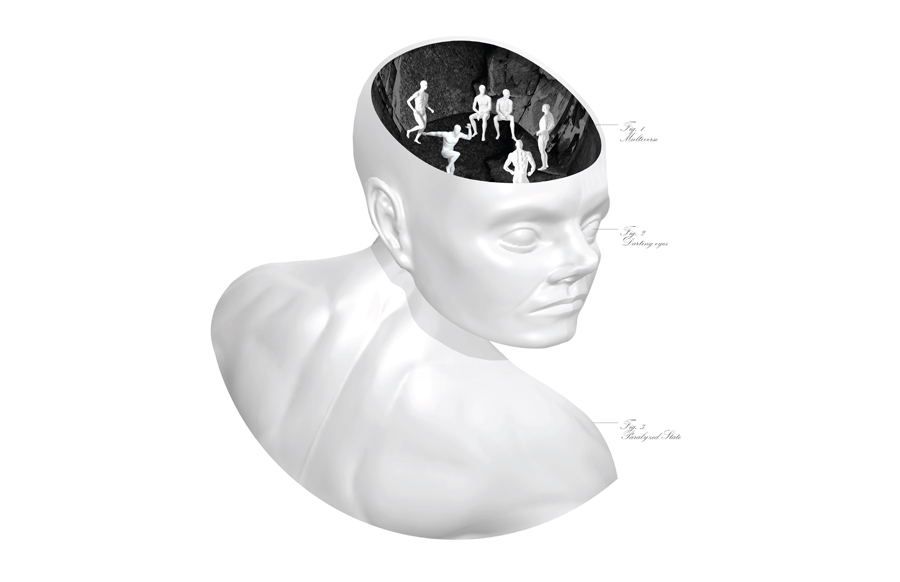
Figure ix. VERSE//
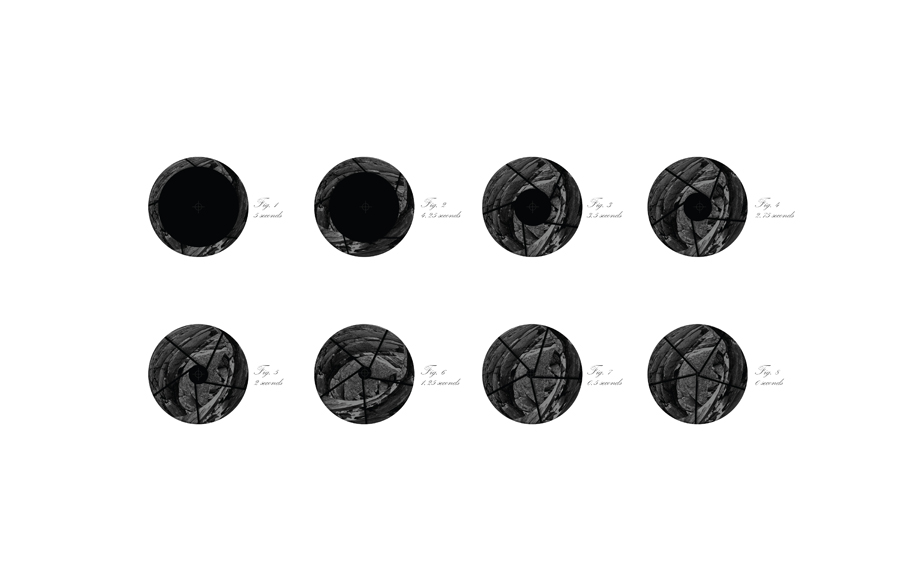
Figure x. VERSE//
For the full post visit SUPER//ARCHITECTS website.
BRIDGE Interview
Q: Where have you ended up after defending? And what do you see yourself pursuing in your immediate future
A: In the “real world.” *Gah!* My day job is that of a designer at icrave in New York, an innovation studio that pursues work at the fringe of architecture. My thesis work is ongoing, as the field of architecture has taken a liking to fantastical narrative and the design and construction of imagined space. Pending the completion of a few stray fictions, I intend to publish a limited edition of my thesis in an “art book” format. I have just received my CACB number, one small step in the giant leap to architectural registration.
Q: Who were some of your biggest influences/inspiration throughout your studies, and what have you taken from them?
A:
H.G. Wells, The Time Machine, War of the Worlds, The Island of Dr. Moreau & The Food of the Gods.
H.G. Wells used the scientific method in his approach to fictional writing. He was credited with the conception of romantic fiction (known today as science fiction). His speculations and political notions, from the late 1800’s, proved incredibly accurate as he correctly imagined: current weaponry (the atomic bomb, chemical gas, tanks etc.), genetic engineering, automatic doors, cell phones and WiFi. He encouraged my explorations beyond 21st century truths and granted me with the technique of using fiction to account for my bias. H.G. Wells gave me permission to design within the realms of my own reality (uninterrupted by insecurity). As Mark Twain said, “Truth is stranger than fiction, but it is because Fiction is obliged to stick to possibilities; Truth isn’t.”
Christopher Nolan, Inception & Interstellar.
What leaves me flabbergasted is Christopher Nolan’s ability to visualize metaphysical space and “invented” worlds lucidly. Having an unimaginable idea is all good and well, but it means nothing if it can’t be conveyed. Christopher Nolan has the genius ability of clearly expressing intricate complexities through the medium of film. An architect must find their medium and attempt to do the same.
Jimenez Lai, Citizens of No Place.
Citizens of No Place was Jimenez Lai’s architectural thesis at the University of Toronto. He used fiction as a strategy to unpack thoughts about architecture and subjectivity towards design. I referenced his thesis regularly.
Thomas Hillier, The Emperor’s Castle. Just wow!
Stephen Hawking, The Theory of Everything, A Brief History of Time.
As a theoretical physicist and cosmologist, Stephen Hawking is responsible for designing and constructing a unified notion of the universe – that can be tested against itself, but neither proved or disproved against scientific law. It is a theoretical conception that is accepted by the scientific community and the general population. This, to me, is the role of the architect – constructing a set of assumptions that guide and influence one’s own design aesthetic and intentions. I think it is important to continue to redefine your theory of everything and constantly test it against itself and what you have defined as “law.” In constructing The Theory of Everything, Stephen Hawking admits to having disproved his own past assumptions.
E.E. Cummings, Collected Poems.
E.E. Cummings was an anarchist in terms of grammar and poetics. He often wrote in concrete prose – poetry in which the typographical arrangement of words on the page is as important in conveying the intended effect as the conventional elements of the poem itself. He influenced the Nolli-esk layout of my thesis text.
My friends, colleagues and critics. My process is highly experiential and involves a great deal of talking and listening. If I am to design for people (or another species), it is important that I do my research.
Q: Who is someone you think architects should study more (please briefly explain why)?
A: Choose an above reference
I define the limitations of a Master of Architecture thesis with three points:
- Master an existing topic (become an expert).
- Take a personal opinion on that existing topic (thesis statement).
- Relate it to a facet of the current profession (choose advisors that have complementary definitions of the field).
With the above in mind, I think that every architect should have a “someone” to study more, but it may not be relevant to my “someone.”
Q: Are you continuing to practice in the field of your research? If yes, where are you hoping to take it?
A: Yes. I would like to produce a quarterly print publication that explores the theoretical, unimagined and speculative (without limitation). The periodical would be submission-based and would employ a different curator/editor for each issue. In the next year I would like to cultivate a relationship with a printing press and begin this endeavour.
Q: Any exciting new projects or ambitions you would like to share with us?
Verse – one of five illustrated short fictions (from my Master of Architecture thesis, A series) – received an Honourable Mention in the 2015 Fairy Tales competition, hosted by Blank Space. The winning entries are jaw-dropping, selected by jury: Anish Kapoor, Paola Antonelli, Juergen Mayer, Karim Rashid, Yves Behar, John Hoke, Jaime Derringer, Shohei Shigematsu, Hunter Tura, Andy Hunter, Matthew Hoffman and Francesca Giuliani, and will be published alongside the honorable mentions and other notable submissions, in Fairy Tales: When Architecture Tells a Story Volume 2, designed by Bruce Mau Design.
Q: How can people follow you, and your research, in the future?
I try to keep active with social media, so feel free to follow me:
website: chaneldehond.weebly.com
tumblr: chaneldehond.com
instagram: @chaneldehond instagram.com/chaneldehond/
twitter: @chanel_dehond twitter.com/chanel_dehond
LinkedIn: ca.linkedin.com/pub/chanel-dehond/90/a95/44
portfolio: issuu.com/chanel.dehond/docs/dehond_graduate_portfolio
Additional publications can be found @ chaneldehond.weebly.com/publications.html


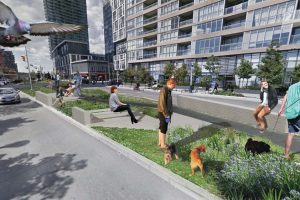
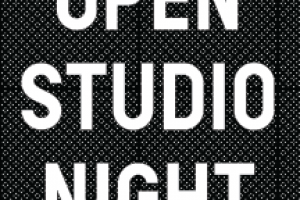
Leave a Reply